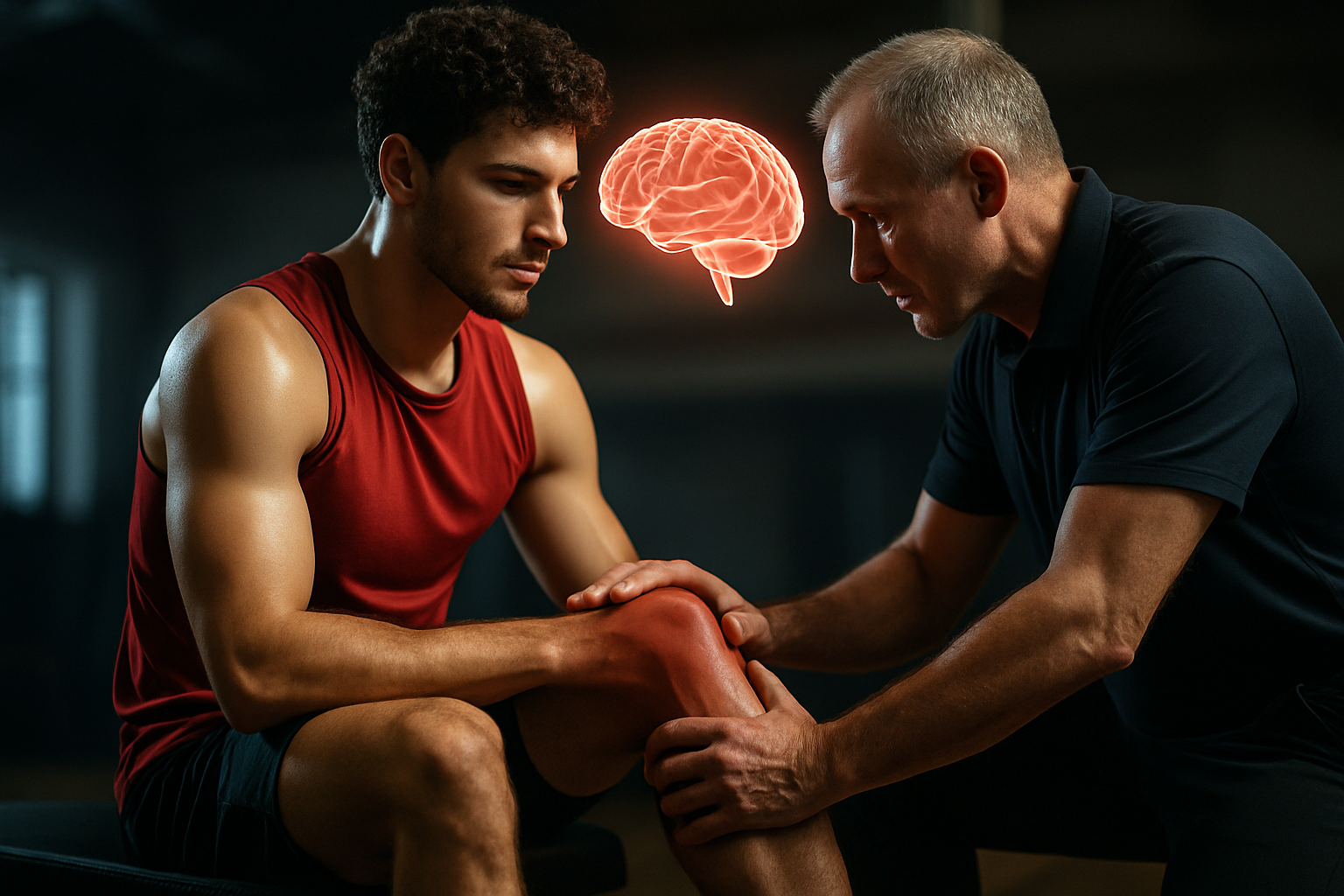Biomechanical Harmony: The Dance of Movement Efficiency
Ever wondered why some athletes seem to glide effortlessly while others struggle? The secret lies in the intricate world of biomechanics. This fascinating field explores how our bodies move and interact with the environment, unlocking the potential for enhanced performance, injury prevention, and overall well-being. Are you ready to discover how understanding your body's mechanics can transform your daily life?

The Evolution of Biomechanics
The study of biomechanics dates back to ancient times, with early observations by Aristotle and Leonardo da Vinci. However, it wasn’t until the 20th century that biomechanics emerged as a distinct scientific discipline. Pioneers like Nikolai Bernstein and A.V. Hill laid the groundwork for understanding human movement through mathematical models and experimental techniques.
In recent decades, advancements in technology have revolutionized biomechanical research. High-speed cameras, force plates, and motion capture systems now allow scientists to analyze movement with unprecedented precision. This has led to groundbreaking discoveries in fields such as sports performance, ergonomics, and rehabilitation medicine.
The Kinetic Chain: Connecting the Dots
At the heart of biomechanics lies the concept of the kinetic chain, which describes how movement in one part of the body affects other regions. This interconnected system of joints, muscles, and connective tissues works together to produce efficient and coordinated motion.
Understanding the kinetic chain is crucial for optimizing performance and preventing injuries. For example, a weak core can lead to compensatory movements in the lower back, potentially causing pain and dysfunction. By addressing imbalances and strengthening key links in the chain, individuals can improve their overall movement quality and reduce the risk of injury.
Biomechanics in Everyday Life
While often associated with elite athletes, biomechanical principles apply to everyone’s daily activities. From sitting at a desk to carrying groceries, proper body mechanics can make a significant difference in comfort and efficiency.
One area where biomechanics has made a substantial impact is ergonomics. By analyzing the way people interact with their work environments, ergonomists can design furniture, tools, and spaces that promote better posture and reduce the risk of repetitive strain injuries. This application of biomechanical principles has led to healthier and more productive workplaces.
The Role of Proprioception in Movement Efficiency
Proprioception, often called the sixth sense, is our body’s ability to perceive its position and movement in space. This complex system of sensors in our muscles, tendons, and joints provides constant feedback to the brain, allowing for precise control of our movements.
Improving proprioception can lead to better balance, coordination, and overall movement efficiency. Activities such as yoga, Pilates, and balance training can enhance proprioceptive awareness, resulting in more fluid and controlled movements in both athletic and everyday tasks.
Biomechanics and Injury Prevention
One of the most significant applications of biomechanics is in the field of injury prevention. By analyzing movement patterns and identifying potential risk factors, researchers and clinicians can develop strategies to reduce the likelihood of injuries occurring.
For example, studies have shown that certain biomechanical factors, such as increased knee valgus (inward collapse) during landing, are associated with a higher risk of ACL injuries in athletes. Armed with this knowledge, coaches and trainers can implement targeted exercises and movement retraining to address these risk factors and protect their athletes.
The Future of Biomechanics: Personalized Movement Solutions
As technology continues to advance, the future of biomechanics looks increasingly personalized. Wearable sensors and artificial intelligence are making it possible to analyze an individual’s movement patterns in real-time, providing tailored feedback and recommendations.
This personalized approach to biomechanics has the potential to revolutionize fields such as physical therapy, where treatment plans can be continuously adjusted based on a patient’s progress and movement quality. It also opens up new possibilities for performance optimization in sports, allowing athletes to fine-tune their technique with unprecedented precision.
Biomechanical Brilliance: Tips for Optimal Movement
• Practice mindful movement by focusing on your body’s sensations during everyday activities
• Incorporate balance exercises into your routine to enhance proprioception
• Maintain good posture throughout the day, even when sitting or standing for long periods
• Use proper form when lifting objects, engaging your core and legs rather than your back
• Vary your movement patterns to avoid overuse injuries and promote overall body awareness
• Consider working with a biomechanics specialist to analyze and improve your movement efficiency
In conclusion, biomechanics offers a powerful lens through which we can understand and optimize human movement. By applying these principles to our daily lives, we can unlock new levels of performance, prevent injuries, and move with greater ease and efficiency. As research in this field continues to evolve, the potential for personalized movement solutions grows, promising a future where everyone can achieve biomechanical harmony.





